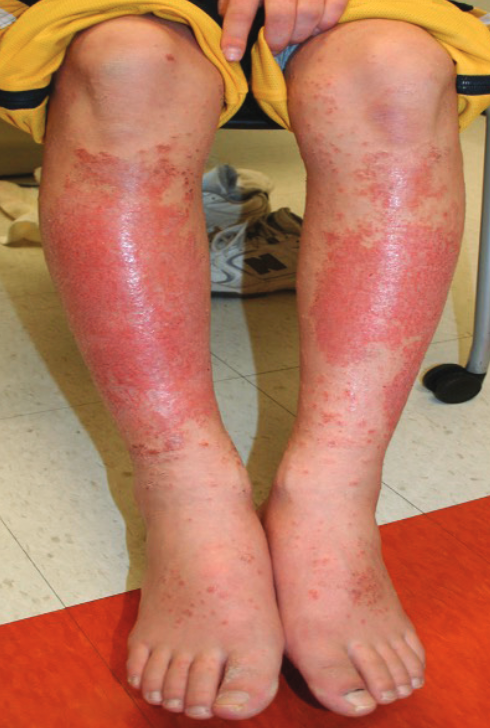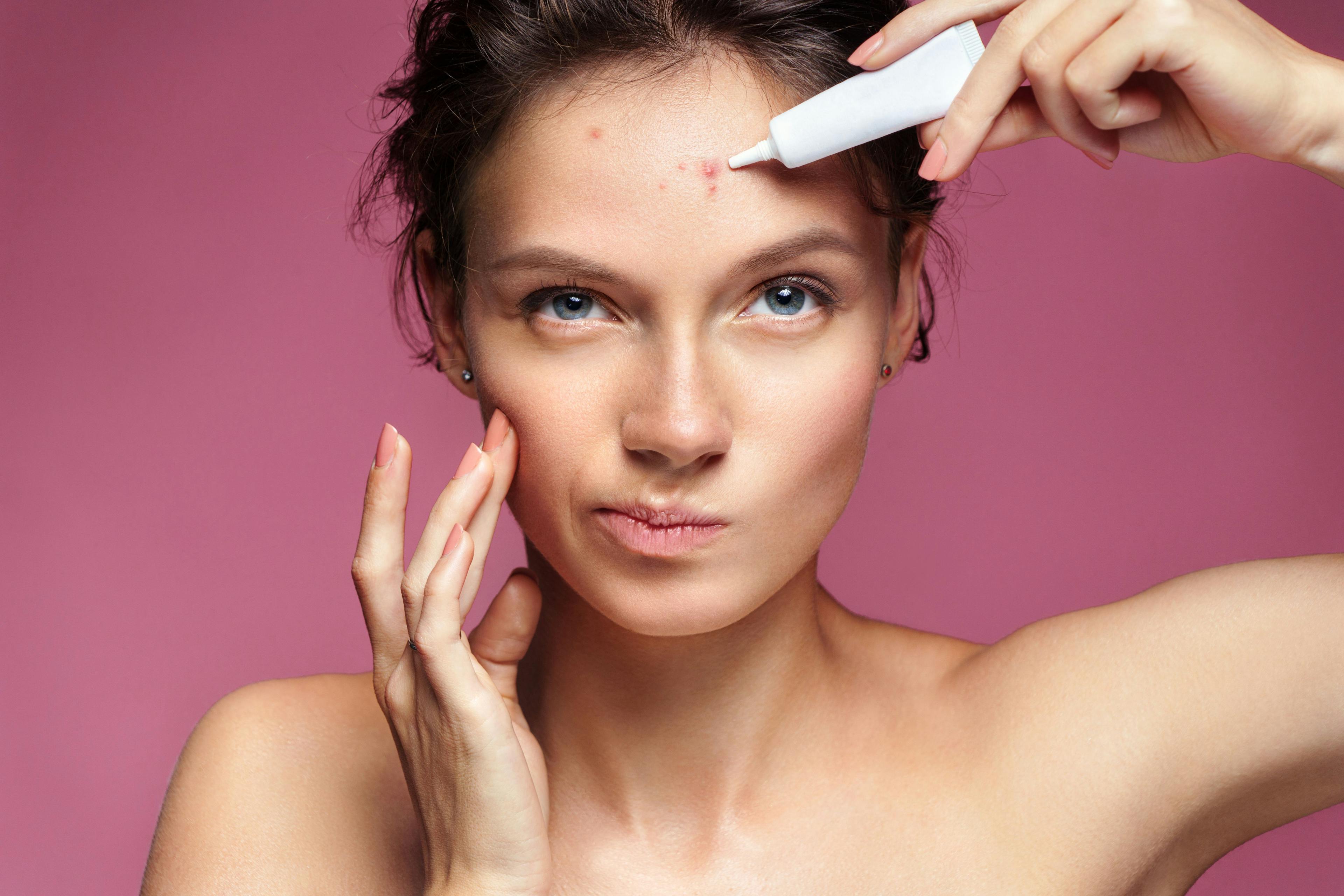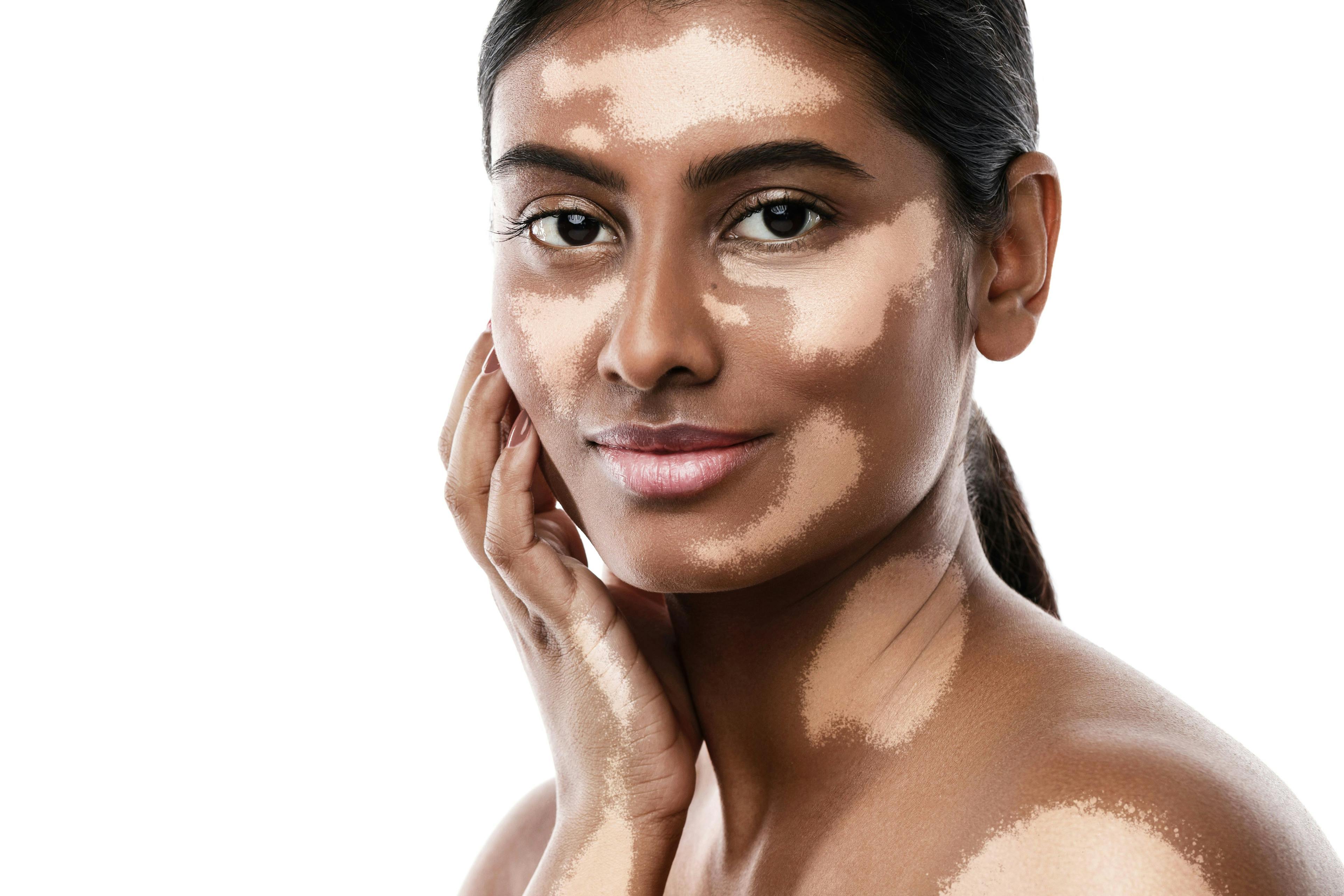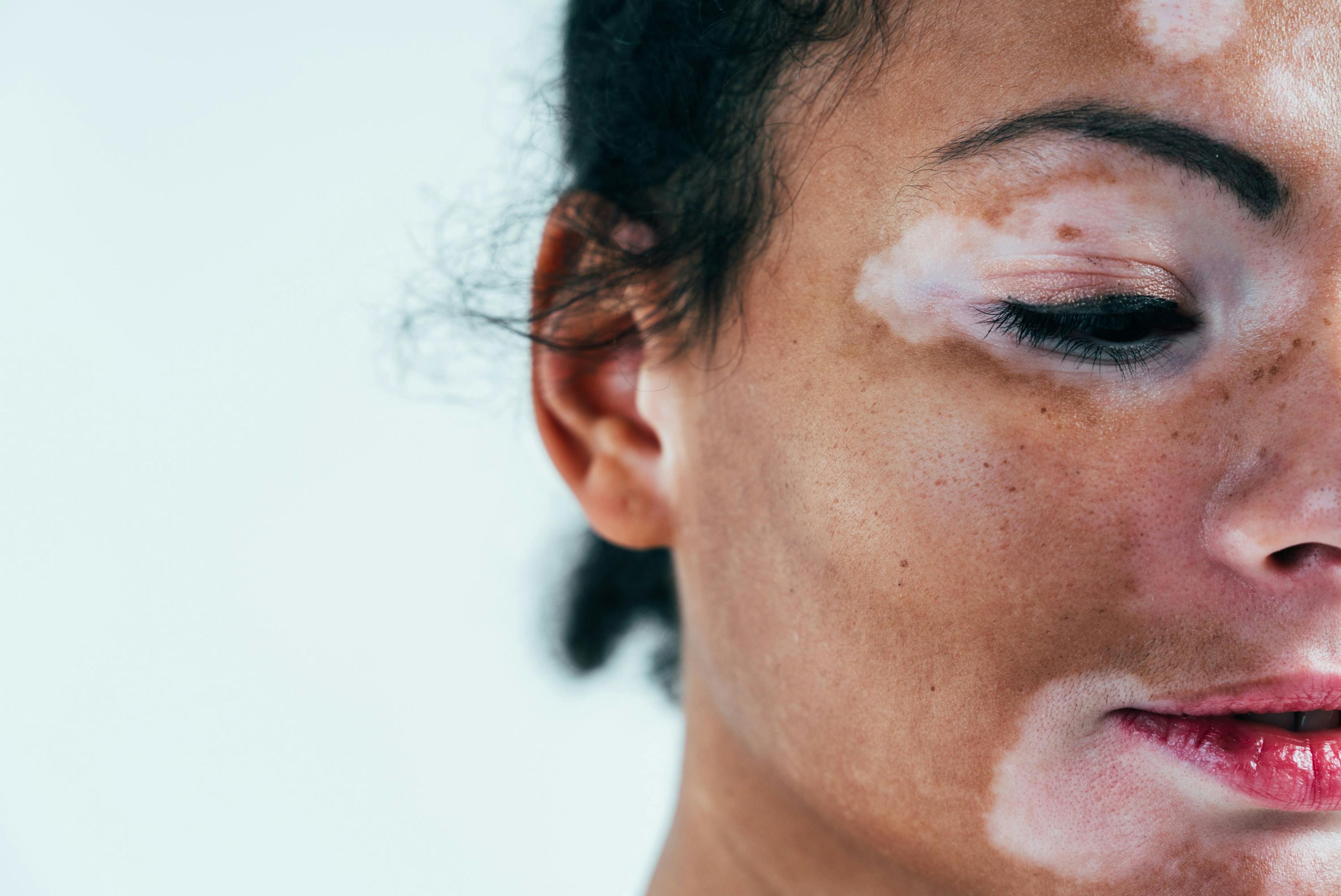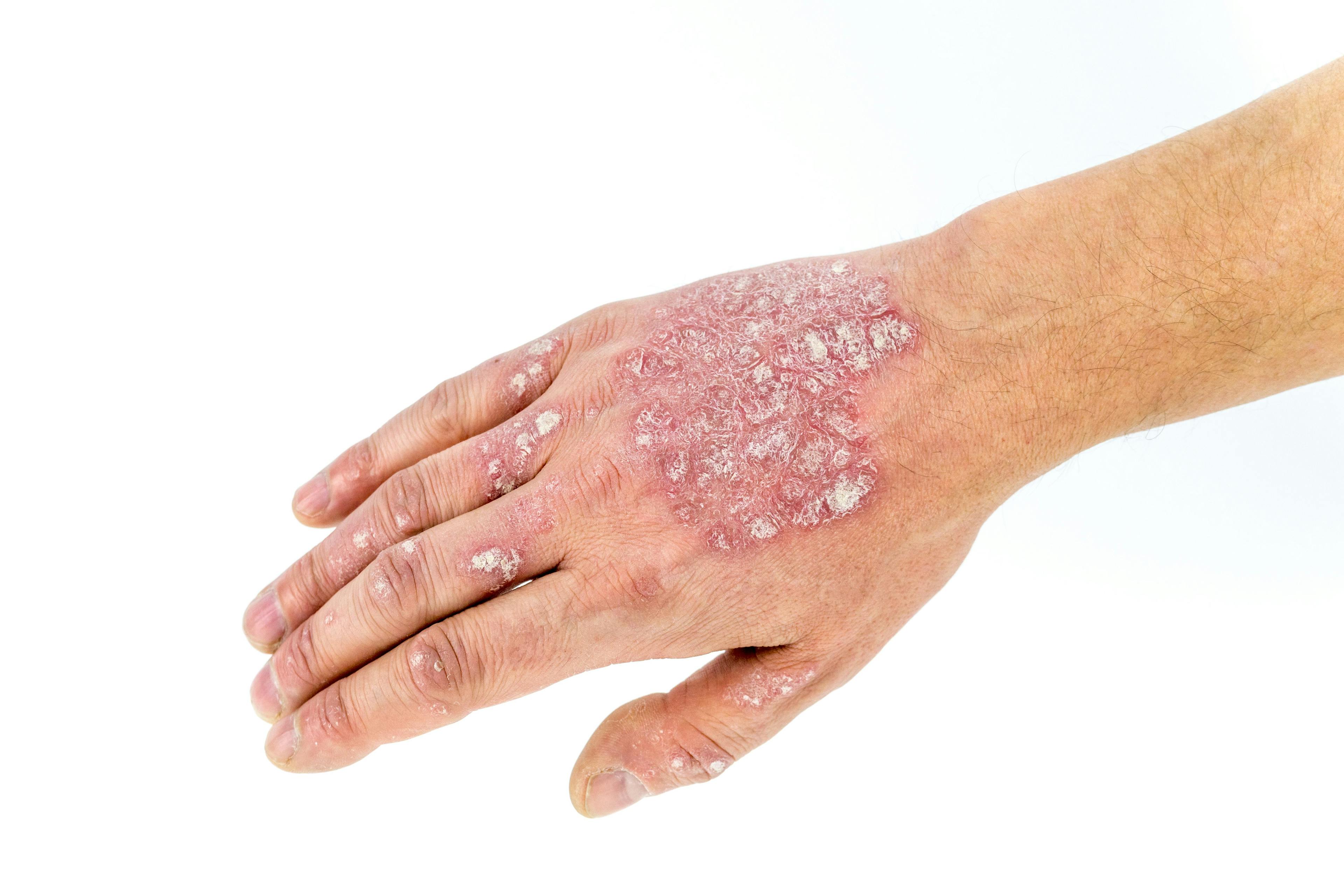- Acne
- Actinic Keratosis
- Aesthetics
- Alopecia
- Atopic Dermatitis
- Buy-and-Bill
- COVID-19
- Case-Based Roundtable
- Chronic Hand Eczema
- Chronic Spontaneous Urticaria
- Drug Watch
- Eczema
- General Dermatology
- Hidradenitis Suppurativa
- Melasma
- NP and PA
- Pediatric Dermatology
- Pigmentary Disorders
- Practice Management
- Precision Medicine and Biologics
- Prurigo Nodularis
- Psoriasis
- Psoriatic Arthritis
- Rare Disease
- Rosacea
- Skin Cancer
- Vitiligo
- Wound Care
Publication
Article
Dermatology Times
Managing Postpregnancy Hormonal Skin Issues in Breastfeeding Women
Author(s):
Being a new mother has many challenges, including dermatological changes.
During pregnancy, a woman’s body produces approximately 50% more blood, which makes the skin appear vibrant.1 After enjoying the period of pregnancy glow, many women may experience postpartum skin issues. Most of these skin conditions occur due to hormonal fluctuations. The levels of hormones, such as progesterone and estrogen responsible for maintaining healthy pregnancy suddenly drop after childbirth, causing changes in the body, especially in the skin. The good news is there are various treatments available to make the skin changes appear less noticeable.
Melasma
Melasma, also known as the mask of pregnancy, is a skin condition characterized by patches and spots similar to freckles. It primarily appears on the sun-exposed parts of the face, affecting cheeks, chin, temples, and nose. The condition is more prevalent in women with medium to darker skin tones and is caused by increased melanin production due to a combination of hormonal and genetic factors as well as photo exposure. Pregnancy, use of oral contraceptives, and sun exposure are the most common triggering factors.2
Dermatologists can diagnose the condition by looking closely at the affected area or using a dermatoscope for a closer look. A Wood’s lamp can be used to diagnose the type of melasma by estimating the depth of melanin pigmentation in the skin. Occasionally, a skin biopsy will be required to rule out any serious skin conditions.
Although melasma does not cause pain or itchiness and may go away on its own, it may cause cosmetic distress for patients. Dermatologists recommend treating the condition at its earliest since it can be challenging to treat the disease at its late stage. The condition is best controlled by applying sunscreen and avoiding sun exposure, LED screens, and tanning beds. Topical therapy with ingredients such as azelaic acid can help improving melasma in breastfeeding women. It is important to note that products containing tretinoin and hydroquinone should be avoided in breastfeeding mothers.
Hormonal Acne
Postpartum acne can appear in many forms, including whiteheads, blackheads, pustules, and painful cysts. Most women develop acne during their pregnancy that disappears following childbirth. However, for some women, it continues even in the postpartum period. Developing acne during pregnancy is normal and is mainly caused by an increase in progesterone levels, which increase sebum production, thus triggering breakouts. After pregnancy, progesterone levels return to normal and acne disappears. However, it takes longer for some women to normalize their hormonal levels; hence, they continue to have acne even after childbirth.
It is important to note that breastfeeding increases hormone levels, so hormonal acne may take more time to disappear in breastfeeding women.3
Topical therapy is recommended as the first line of treatment for hormonal acne in breastfeeding women, and birth control pills can be prescribed in case of severe breakouts to lower hormone levels. Benzoyl peroxide and azelaic acid may help unclog pores and manage acne; they are the safest options for breastfeeding women.4
Telogen Effluvium
In women, transient hair loss, also known as telogen effluvium, commonly occurs after giving birth. During pregnancy, the high levels of estrogen prevent usual hair loss. The estrogen level falls as soon as the baby is delivered, and the hair makes up for lost time by falling out in clumps.
For diagnosis, a dermatologist may conduct trichogram (hair pluck test); more than 25% of telogen hairs in a trichogram strongly suggest telogen effluvium.5 However, in rare cases, a scalp biopsy is needed. Although the condition can be quite distressing, the good news is it is self-limiting and can go away within 6 months of childbirth.
There are no medical treatments for preventing or stopping telogen effluvium. Having patients avoid hairstyling products, take vitamin supplements, and eat a balanced and healthy diet may help them fasten new hair growth. However, other possible causes should be ruled out in case of consistent hair loss.
Spider Veins
Varicose veins, also known as spider veins, are a postpartum skin condition characterized by abnormally swollen, painful veins. Varicose veins are associated with increased estrogen levels and often appear in the third trimester of pregnancy. They sometimes persist for several months to a year after childbirth. The increased blood volume in the body during pregnancy creates pressure in the blood vessels, causing blood to get backed up in the veins. The constant pressure may enlarge veins in the lower extremities, making the veins appear swollen and tangled.
Although varicose veins are a cosmetic concern, they can be a medical emergency due to their potential to cause pain and increase the risk of blood clots. It is recommended that patients wait for 4 to 6 months after childbirth before going for any treatment as varicose veins mostly disappear within this period. Initial treatment for most patients is conservative and includes limb elevation, exercise, and compression therapy.6
Research reports increased satisfaction rates among patients using pycnogenol supplements for relieving the discomfort associated with varicose veins.7 However, no safety data are available concerning its use in women who are breastfeeding.
Dry Skin
During the postpartum period, hormonal fluctuations and increased water demand by the body due to breastfeeding may change the skin texture and cause dry skin. Low levels of estrogen during the postpartum and lactating period affect the production of hyaluronic acid, collagen, and elastin in the body. The low levels further contribute to transepidermal water loss, which subsequently leads to dehydration, making the skin appear flaky and dry.
The best way to treat postpartum dryness is to invest in a good moisturizer containing 3 components: emollients, occlusives, and humectants. A good moisturizer helps to protect the skin barrier, prevents transepidermal water loss, and maintains hydration levels. Furthermore, serums containing ingredients such as hyaluronic acid and vitamin C help the skin retain moisture and promote collagen formation.
References:
1. Soma-Pillay P, Nelson-Piercy C, Tolppanen H, Mebazaa A. Physiological changes in pregnancy. Cardiovasc J Afr. 2016;27(2):89-94. doi:10.5830/CVJA-2016-021
2. Sarkar R, Gok hale N, Godse K, et al. Medical management of melasma: a review with consensus recommendations by Indian pigmentary expert group. Indian J Dermatol. 2017;62(6):558-577. doi:10.4103/ijd.IJD_489_17
3. Kong YL, Tey HL. Treatment of acne vulgaris during pregnancy and lactation. Drugs.2013;73(8):779-787. doi:10.1007/s40265-013-0060-0
4. Liu H, Yu H, Xia J, et al. Topical azelaic acid, salicylic acid, nicotinamide, sulphur, zinc and fruit acid (alpha-hydroxy acid) for acne. Cochrane Database Syst Rev. 2020;5(5):CD011368. doi:10.1002/14651858.CD011368.pub2
5. Asghar F, Shamim N, Farooque U, Sheik h H, Aqeel R. Telogen effluvium: a review of the literature. Cureus. 2020;12(5):e8320. doi:10.7759/cu reus.8320
6. Hirsch T, Mendoza E. Ovarian vein embolization in recurrent varicose veins – how invasive should varicose treatment be? Vasa. 2022;51(4):196-197. doi:10.1024/0301-1526/a0 01014
7. Yang SS. Diagnosis and treatment of varicose veins and chronic venous insufficiency. J Korean Am Med Assoc. 2020;63(12):756-763. doi:10.5124/jkma.2020.63.12.756
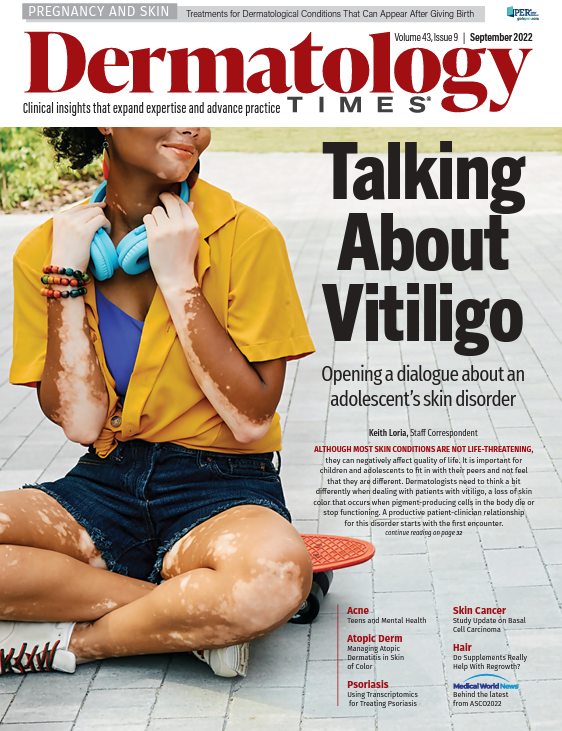
Newsletter
Like what you’re reading? Subscribe to Dermatology Times for weekly updates on therapies, innovations, and real-world practice tips.






